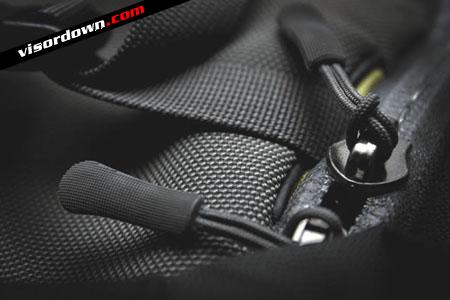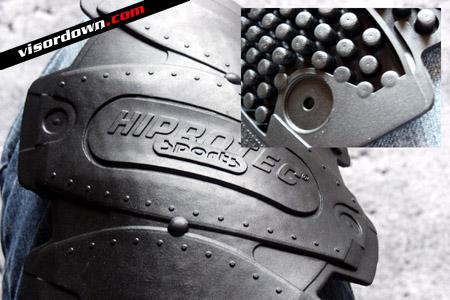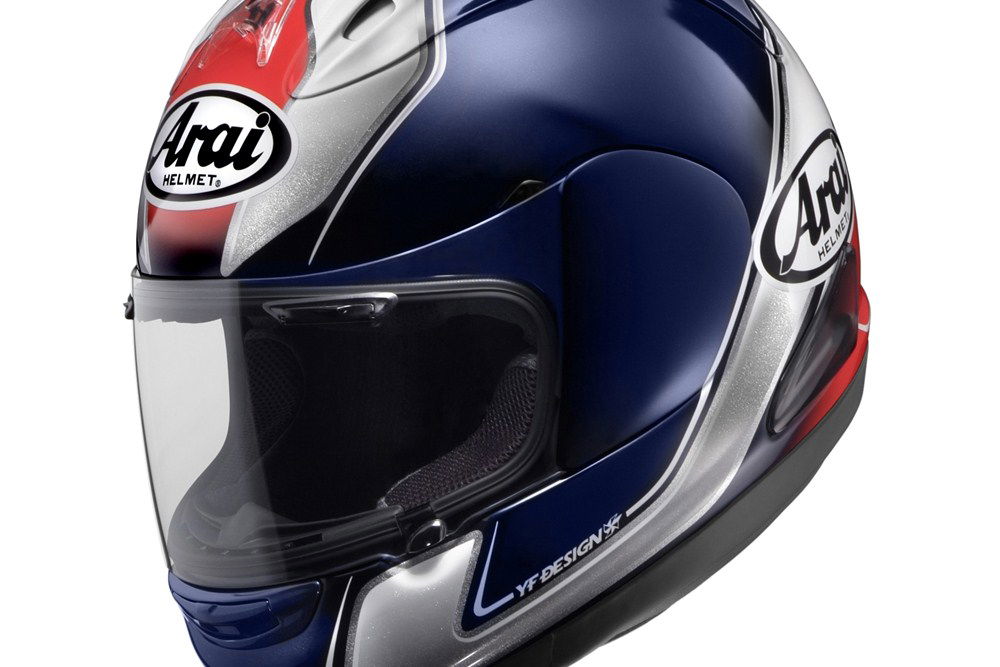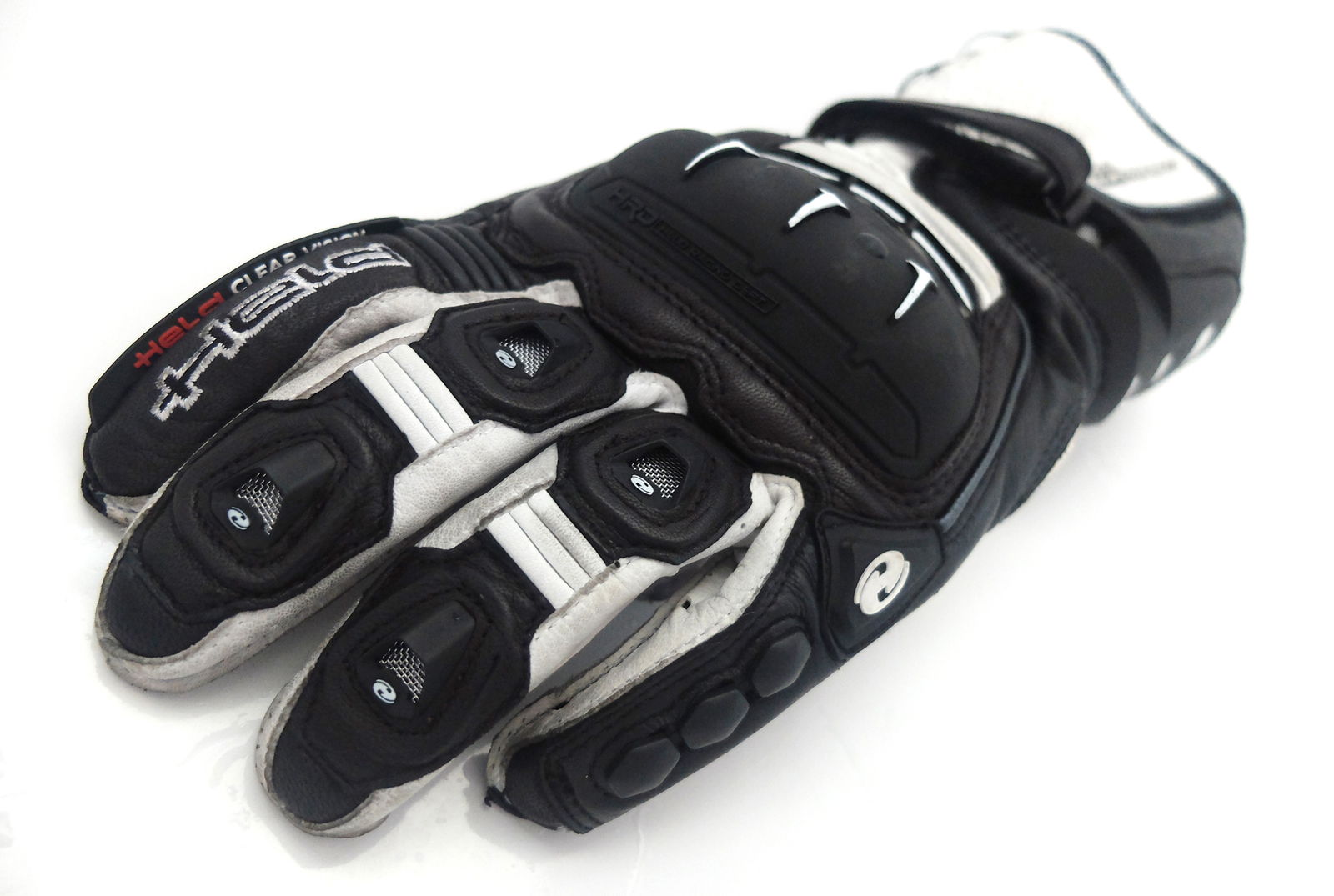Learn to ride with Visordown: The right kit
One-piece race leathers are great if you're a sportsbike fanatic but they're not for everyone - here's Visordown's guide to choosing the right kit for you


Cordura...a sensible alternative to leather
TODAY'S BIKING kit is better than ever. It's affordable too, which means everyone can enjoy the protection of quality clothing when they're out on their bike. So whether you're buying one-piece race leathers or a heated fabric suit you shouldn't have much trouble finding decent kit at reasonable prices.
Buying kit from a reputable bike shop's the best place to start. Their stock will have been built specifically for bikers, which means you'll stand a better chance of finding decent quality kit. What's more, the shop staff will be able to guide you in the right direction to make sure you end up with the best products for your needs.
Leather or Cordura?
Bikers have always been associated with leather but over the last few years modern fabrics, like Cordura and Goretex, have given motorcyclists another option. Cordura is lighter than leather, more hardwearing and washable. It dries out quickly when wet, too.
Leather...still the best selling bike kit material
Leather is...
Tough, warm and breathable
Looks good (not guaranteed)
Can be uncomfortable in hot weather
Not 100% waterproof.
Dries out slowly
Has few pockets
Heavy (especially when wet)
Manmade fabrics...warm, washable and waterproof
Cordura is...
Extremely hardwearing
Lightweight
Breathable
Waterproof when used in conjunction with a Goretex liner
Dries out quickly
Warmer than leather in cold weather
Usually plenty of pockets
Not as stylish or as snug fitting as leathers
Bulkier than leather
Ok, I want leathers
Go to a reputable motorcycle accessory shop. They'll be able to advise you on the best fit, as well as recommending quality kit. Steer clear of leathers from fashion shops or market stalls, as you never know what you're ending up with.
Decide whether you want a one or two-piece suit. One-piece leathers may look cool, but a jacket and trouser combination is a more practical for everyday use. If you go for two-piece then make sure they can zip together.
Get a tight fit! Avoid buying loose or baggy leathers, as they'll stretch. They should be uncomfortably snug when new. Take along a sweatshirt to try underneath, as leathers aren't good at retaining heat. Listen to the shop staff's advice -- most know what they're talking about. Also, tight fitting leathers will help keep the armour in the right place in the event of an accident.
Anything's possible with custom-made leathers
Look for built-in armour around the shoulders, elbows, hips, knees and back -- but also consider using a dedicated back protector too.
Remember most leathers don't have big pockets, so think about where you'll put your house keys, mobile phone, fags etc.
Think about a set of made-to-measure leathers -- they cost a lot less than you might think.
Salopettes, leather or fabric, are great in winter
No, I'd prefer Cordura
Go to a reputable shop. Don't be afraid to ask for advice from the staff - they're there to help
Read the labels attached to the garments throroughly -- these will tell you exactly what the item's made from, as many fabric jackets look the same. Cordura means it's highly abrasion resistant, Goretex means it's supposedly waterproof. Ideally look for a garment with both. Some manufacturers have their own brand names, so always ask the staff what's what.
Avoid tight fitting fabrics as they don't stretch like leather.

Decent body armour is vital whichever fabric you choose
Check for decent body armour on the knees, hips, elbows, back and shoulders. Consider a dedicated back protector.
Is there a thermal liner and is it removable? Many fabric jackets have lightweight thermal liners, which are great in cold weather but too hot in summer.
Consider a set of salopettes if you ride alot in winter, as this helps keep out wind chill from your lower back.
Are the cuffs bulky? Will your gloves comfortably fit under or over them?
It's worth remembering that fabric suits, one or two-piece, will never be as snug as well made leathers. There's a greater possibilty of the body armour moving around in a textile suit, as usually they're not gripping your body like a good fitting set of leathers.

Top brand names don't always mean top quality leather
What about secondhand kit?
Secondhand stuff's fine (not helmets) but avoid clothing that's been repaired as you don't know how strong the repaired patch may be.
Finally...
Consider what bike you're likely to ride when you've passed your test. Full race leathers on a trail bike can look rather odd, and although textiles are extremely versatile their bulkiness may hamper your riding style on a cramped sportsbike.
The benefits of wearing decent protective clothing can't be emphasised enough. Good kit can be the difference between walking away or getting carted away from an accident. Nasty but true.
The Golden Rule
Invest in the best kit you can and wear it every time you ride. One day you might just need it.
Useful links

TODAY'S BIKING kit is better than ever. It's affordable too, which means everyone can enjoy the protection of quality clothing when they're out on their bike. So whether you're buying one-piece race leathers or a heated fabric suit you shouldn't have much trouble finding decent kit at reasonable prices.
Buying kit from a reputable bike shop's the best place to start. Their stock will have been built specifically for bikers, which means you'll stand a better chance of finding decent quality kit. What's more, the shop staff will be able to guide you in the right direction to make sure you end up with the best products for your needs.
Leather or Cordura?
Bikers have always been associated with leather but over the last few years modern fabrics, like Cordura and Goretex, have given motorcyclists another option. Cordura is lighter than leather, more hardwearing and washable. It dries out quickly when wet, too.
Leather is...
- Tough, warm and breathable
- Looks good (not guaranteed)
- Can be uncomfortable in hot weather
- Not 100% waterproof.
- Dries out slowly
- Has few pockets
- Heavy (especially when wet)
Cordura is...
- Extremely hardwearing
- Lightweight
- Breathable
- Waterproof when used in conjunction with a Goretex liner
- Dries out quickly
- Warmer than leather in cold weather
- Usually plenty of pockets
- Not as stylish or as snug fitting as leathers
- Bulkier than leather

